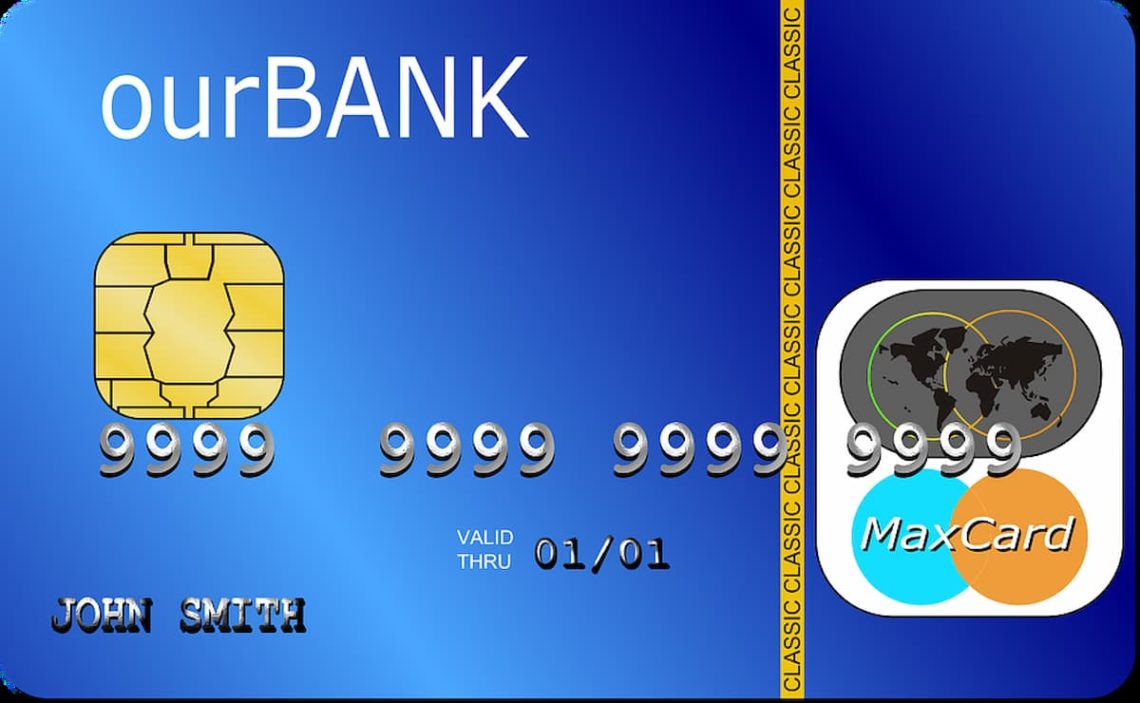Many people come to use credit cards as a financing tool. However, while they can be useful, they can also lead to financial problems. Let’s review whether or not getting funded with credit cards is worthwhile.
What does it mean to finance with credit cards?
We must distinguish two different forms of credit card financing. It is important to make this distinction since the difference between one model and the other is remarkable.
- Firstly, financing with deferred payment.
- Secondly, the availability of cash on credit with credit cards.
Card financing and deferred payment
Financing with deferred payment is one of the main functions of a credit card. Therefore, it can generally be considered a good idea to use deferred payment cards, although taking into account factors such as:
- The interest applied
- The repayment period
- The limits of the card
You should be aware of cards that do not apply interest over certain deferment periods. For example, it is quite common for a credit card to allow the deferral of an amount paid on a purchase for 30 days without applying interest.
However, when deferrals are made for longer periods, interest charges begin to appear. It is, in that case, when the interests appear, the moment in which it is necessary to compare the application of these interests of the card with what a conventional loan can offer.
On the other hand, it is also necessary to evaluate the amortization period. The repayment period on a standard card may vary depending on the type of transaction. Moreover, in many cases, it will be possible to negotiate a fixed monthly repayment amount with the bank. However, it is important to think that as long as the amount owed is not paid; this amount will not be available again on credit.
For example, if we have $1,000 on credit at a monthly repayment rate of $110, when we pay the first installment, we will not immediately get back the $1,000 but only the $100 amortized after interest.
Finally, it is also important to consider the card’s limits. Not all credit cards offer the same limitations. A standard card can have a limit from $1,500 to $6,000.
Logically, having the maximum limit of the card on deferred purchases is always a risk because we eliminate one of the main functions of this type of product: to serve as a payment tool in case of an unforeseen purchase or service payment.
Drawing cash with a credit card
That is the other major form of credit card financing. It is also the most dangerous and probably the least advisable.
A good part of the credit cards (although not all) allow cash withdrawals. That is to say; the card offers a credit that can be immediately drawn in cash at an ATM.
That eliminates many of the bureaucratic processes involved in applying for a loan. It is immediately available if credit is already approved on the card.
However, this can be a serious mistake. Credit cards are at their best when it comes to making payments or deferred payments and at their worst when it comes to using cash on credit.
The reason is very simple: interest. A credit card will usually grant very high interest on cash withdrawals. In addition, we must not forget the application of commissions per withdrawal that we find in many of these cards.
What can happen, and does happen in many cases, is that these cash withdrawals on credit become a circle from which it is difficult to escape. Let’s not forget that you have to pay the monthly card fees. Sometimes, we must pay the entire credit cost in relatively short periods.
What this situation leads to, in the worst case, is to contract other cards with which to cover the previous ones. That is probably one of the worst ailments of a personal economy. Living on credit means assuming a very high and constant cost in paying card interest. Therefore, it is not a good idea.


